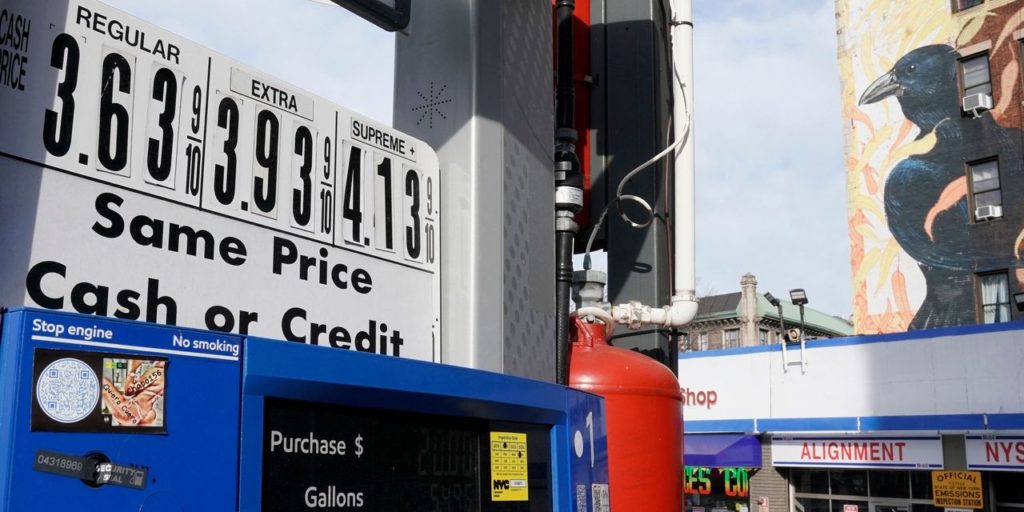The numbers: A measure of U.S. inflation preferred by the Federal Reserve leaped 5.8% in 2021 after another sharp increase in December, underscoring why the central bank is moving to raise interest rates for the first time in four years.
The cost of goods and services advanced 0.4% in December, based on the government’s personal consumption expenditure price index.
The increase capped off the biggest spike in inflation in decades. The PCE index rose in 2021 at the fastest pace since 1981.
The better known consumer price index jumped by an even higher 7% in 2021. That’s the largest move since 1982.
“Inflation remained elevated — no sign of relief for the Fed,” said chief economist Scott Brown of Raymond James.
A narrower measure of inflation that omits volatile food and energy costs, known as the core PCE, rose by 0.5% in December. That matched the forecast of economists polled by The Wall Street Journal.
The increase in the core rate in 2021 totaled 4.9%, compared to a mild 1.5% gain in the prior year. That’s the highest annual level since 1982.
The Fed views the PCE index — the core rate in particular — as the most accurate measure of U.S. inflation. It’s more comprehensive and takes into account when consumers substitute cheaper goods for more expensive ones, among other things.
Big picture: High inflation is likely to persist well into 2022 before eventually easing, economists say.
How come? Persistent shortages of labor and supplies that have underpinned the surge in inflation are expected to subside. Government stimulus spending has dried up. And higher interest rates are expected to dampen demand.
What’s less clear is just how much inflation will slow. Price increases have spread to a broader range of goods and services and wages are also rising at the fastest pace in decades. A separate report showed that labor costs climbed 4% in 2021.
After playing down the spike in prices last year, the Fed is now rushing to head off any further big increases.
Looking ahead: “With both wage and underlying price inflation spiraling out of control, no wonder the Fed is a lot less confident that this surge will be short-lived,” said Paul Ashworth, chief U.S. economist at Capital Economics.
Market reaction: The Dow Jones Industrial Average DJIA,
Stocks have gotten off to a rocky start this year due to the expectation that the Fed will raise low U.S. interest rates for the first time in four years.
Source: Marketwatch


